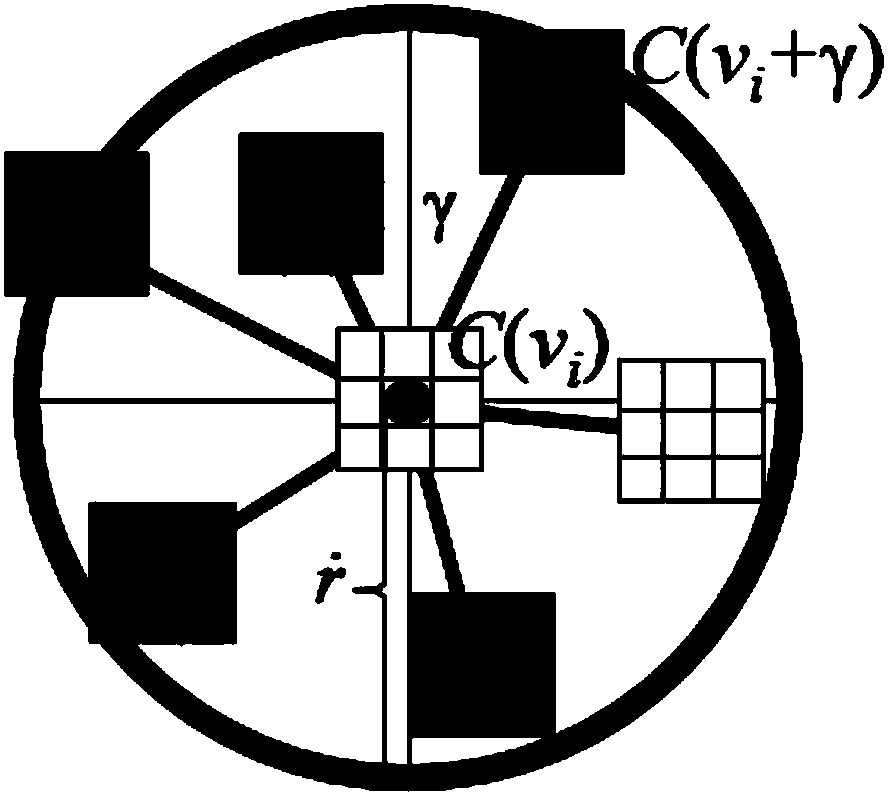Method for performing dentition segmentation on cone beam CT image
A CT image and dentition technology, applied in the field of computer vision and image processing, can solve problems such as increasing the burden of data processing
- Summary
- Abstract
- Description
- Claims
- Application Information
AI Technical Summary
Problems solved by technology
Method used
Image
Examples
Embodiment Construction
[0075] Below in conjunction with accompanying drawing, further describe the present invention through embodiment, but do not limit the scope of the present invention in any way.
[0076] A CBCT image is a three-dimensional volume image, which is composed of a series of two-dimensional images. In this description, the two-dimensional images are called slice images (layered images). The embodiments of the present invention aim at medical clinical CBCT images, and segment the dentition in the CBCT images based on the graph structure defined in the image area of the body of interest in the CBCT images and a small number of layered images (slice images) interactively marked by users. Among them, a three-dimensional deformable model is used to define the softening constraints, and the dentition segmentation in the volume image is updated through a random walk algorithm based on the softening constraints, and then a reliable segmentation result is obtained by an iterative correction...
PUM
 Login to View More
Login to View More Abstract
Description
Claims
Application Information
 Login to View More
Login to View More - R&D
- Intellectual Property
- Life Sciences
- Materials
- Tech Scout
- Unparalleled Data Quality
- Higher Quality Content
- 60% Fewer Hallucinations
Browse by: Latest US Patents, China's latest patents, Technical Efficacy Thesaurus, Application Domain, Technology Topic, Popular Technical Reports.
© 2025 PatSnap. All rights reserved.Legal|Privacy policy|Modern Slavery Act Transparency Statement|Sitemap|About US| Contact US: help@patsnap.com



